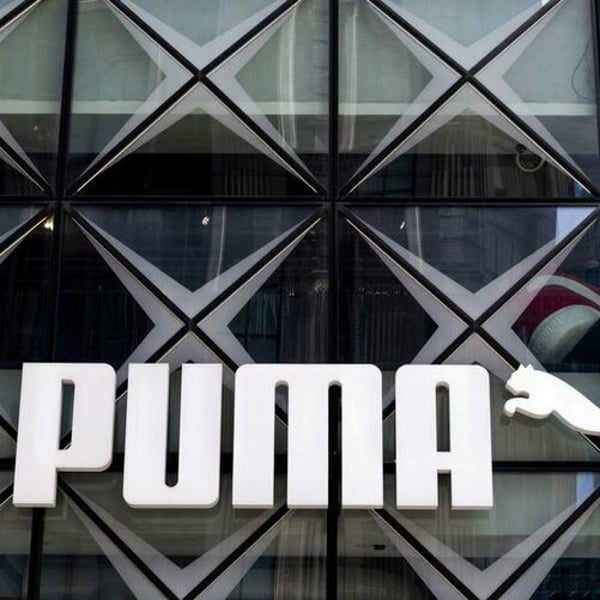Translated by
Nazia BIBI KEENOO
Published
September 15, 2025
As the price gap widens between the mid-market and entry-level segments, fashion retailers have seen their online sales decline since the start of the year, according to the retailer panel and consumer barometer published by the Institut Français de la Mode, which coincides with the release of France’s mid-year e-commerce figures.

Fashion retail contracted by 0.9% over the first seven months of the year, with a 1.4% decline in physical retail not offset by 0.8% growth in online sales. This contrasts with 2024, when online fashion sales increased by 1.7% and physical sales declined by 0.7%, resulting in overall clothing retail growth of just 0.1%.
From the second half of 2021 to the first half of 2024, online clothing sales posted declines, which Fevad (the e-commerce federation) described as a “reflux” following the sharp accelerations of 2020 and 2021. Even so, between January and July 2025, online clothing sales were 9% higher than in the same period of 2019.
In 2025, IFM introduced a barometer that surveys 1,250 consumers representative of the French population each month. While this new tool cannot yet track changes in purchasing behavior, it provides a snapshot of the leading platforms as of the first half of 2025.
In volume terms, the French spent the most on Vinted (in-store or online) when buying clothing. The Lithuanian site ranks ahead of Kiabi, Amazon, Decathlon and Shein. It is followed by H&M, Galeries Lafayette, Bershka, Adidas, Carrefour, Intersport, E.Leclerc, Zara, Auchan and Temu.
“We can therefore see that sport, ultra-fast fashion and the major platforms are strongly represented in this ranking,” said Gildas Minvielle, director of IFM’s Economic Observatory. “This is also true of hypermarkets and supermarkets, which remain important even though their share of clothing sales is lower than it was twenty years ago.”
Widening price gap between players
The ranking is accompanied by average purchase price levels per platform, as reported by the consumers surveyed. Shein and Temu each average 9 euros, not far from Kiabi (13 euros), Vinted (14 euros) or hypermarkets such as Carrefour (16 euros) and E.Leclerc (17 euros).

Data from the retailer panel also show that mass-market chains (Kiabi, Gémo) proved more resilient in the first half (+0.6% and +10.7% online) than specialist chains such as H&M, Zara, Celio and others (-1% and -0.6% online).
“The gap between the mid-market and the entry level is widening,” summarized Gildas Minvielle. “And some long-established players are finding it very difficult to position themselves against an entry-level segment where prices are lower than before because of ultra-fast fashion and, in part, second-hand.”
IFM estimates that Shein and Temu now generate 16% of online fashion purchase volumes. The two Chinese ultra-low-price players also capture 5% of fashion purchases across all channels.
E-commerce, second-hand and promotions
When it comes to buying clothes, 30.7% of spending now takes place online. That level is close to the 34.9% spent during sales and promotional periods. In addition, 11.9% of fashion purchases are now made on second-hand sites.

These three purchasing modes nonetheless reveal in detail the marked disparities between generations. The share of online sales rises to 34.7% among 18-to 34-year-olds, compared with 22.5% among those aged 55 and older. Second-hand accounts for 17.8% of purchases by 18-24-year-olds, compared with 4.8% among those aged 55 and above.
And while the latter make 35.8% of their purchases during sales and promotions, that share falls to 31.9% among those aged 18-34. They are now more likely to spend online than to buy during discount periods. This trend may be further amplified by new players whose prices are already very low.
Most targeted site types
IFM figures also show that, for online fashion purchases alone, multibrand platforms such as Amazon and Zalando take 47% of the market. Brand and retailer sites are not far behind, capturing 35% of sales, compared with 18% for specialist second-hand platforms such as Vinted and Vestiaire Collective.

While men and women buy in equal proportion on multibrand platforms, the consumer survey shows that 21% of women’s purchases are made on second-hand platforms, compared with 15% for men, who direct 38% of their spending straight to brand and retailer sites. This suggests that female consumers are more comfortable with second-hand, but also that there is still potential in the men’s second-hand segment.
This article is an automatic translation.
Click here to read the original article.
Copyright © 2025 FashionNetwork.com All rights reserved.







